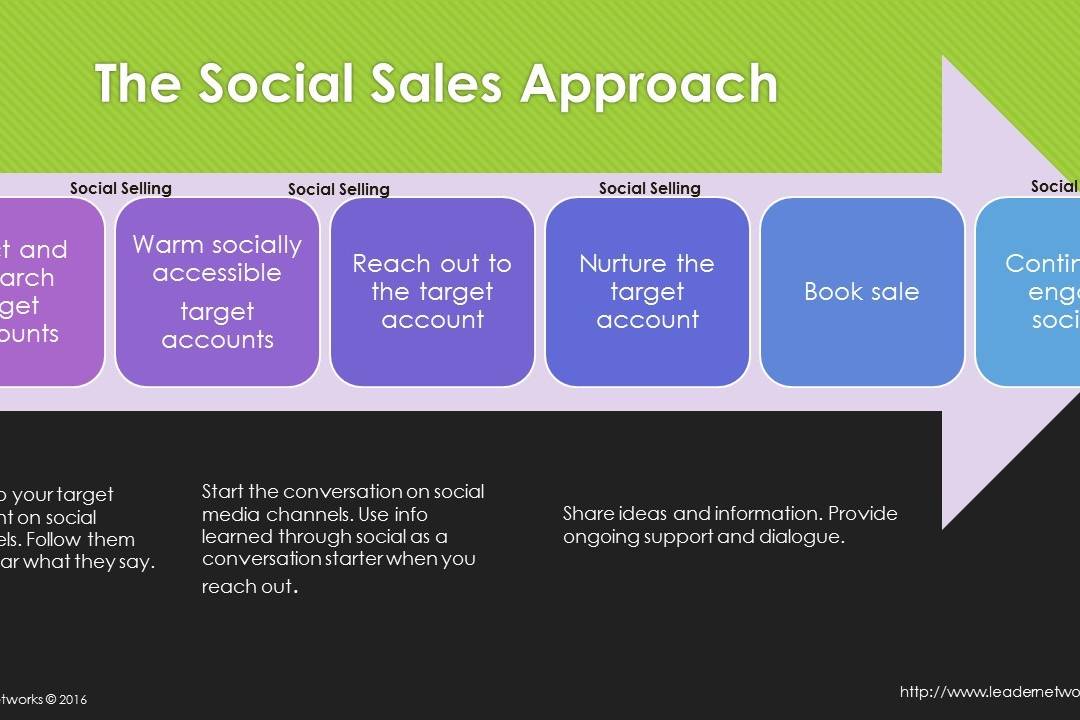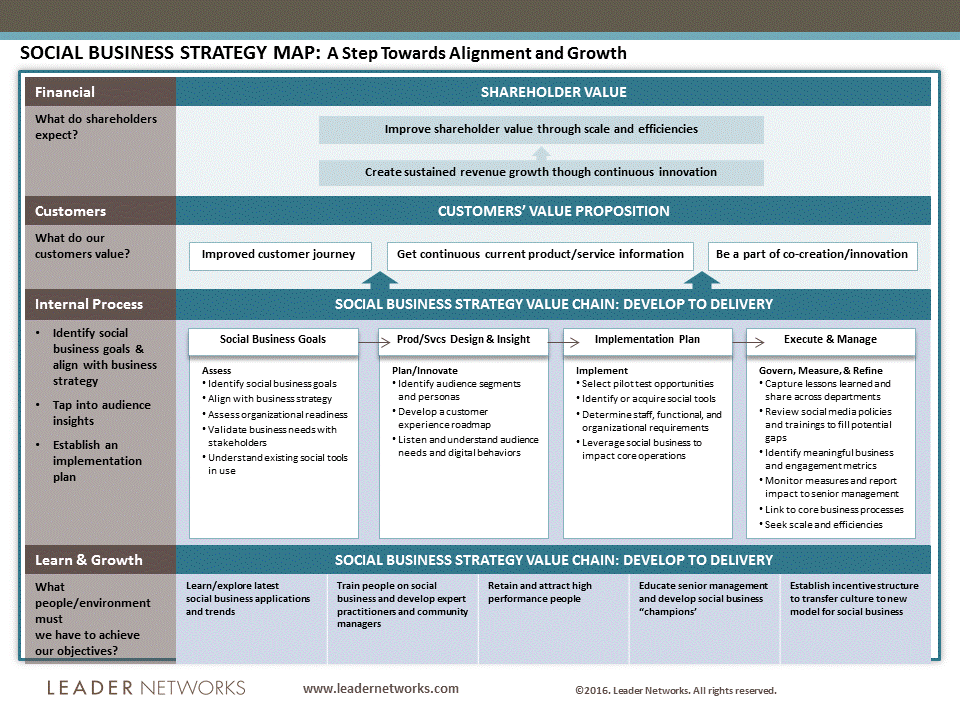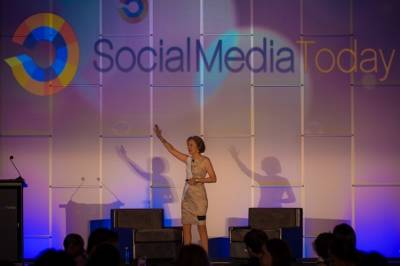Who knew the topic of online influence could be so exciting and, well, complex? Apparently, Social Media Today did when they assembled a panel for their “Best Thinkers Series” which is a weekly discussion style webinar moderated by expert journalist Maggie Fox. I was fortunate to participate in this event with Megan Berry, marketing manager from Klout. Pulling together a vendor and a practitioner is no easy task – as online influence was discussed as a concept- what does it all mean, straight through to how does one achieve it on and offline.
Here is a summary of my key point of view on online influence…
The first question Maggie asked was about how to define influence. I believe that influence is the power to convene and to tell a good story. Influence is the ability to shift a person or group’s thinking on a particular topic or idea. It is often exerted through the creation of thought leadership but it can also manifest a person or group’s ability to shepherd a new idea to popularity. It most frequently achieved through demonstrable credibility and experience.
The relationship to offline and inline influence is a matter of scale and platform. In the past, prior to social media, one’s personal or professional influence was not fundamentally different than what we see today. An influencer earns credibility by having ideas and experiences that stand the test of time. Yet, in certain circles – especially within the communications professions – influence can be magnified through the social channel. Among social media users, the speed by which information can now flow is unprecedented as outstanding content travels very fast due to the social tools. But it is important to remember, that the topic of the content, in order for it to journey online, needs to be relevant to the social media user base. For example, the nuances of a social business’ trials (e.g. Groupon’s possible IPO) will be amplified far greater than, say, pending M&A activity of a traditional business that doesn’t have a strong social presence. Context matters with online influence.
We then turned to talk about whether groups like Klout (or Peer Index) are accurate representations of actual influence as defined by the ability to impact decisions. Megan Barry gave a good description of how Klout is currently measuring influence and some of the heuristics behind the Klout model. But, there are still nuances to be worked out. While influence scores are a good benchmark of activity, it is still unlikely that they represent an actual measure of true influence as they measure activity and amplification over relevance and impact. For example, if I were to tweet a funny comic or a shocking photo, it is likely that I will inspire far greater amplification of that content (e.g. retweets) than if I were to share a thoughtful piece of content about the strategic business impact of B2B online communities. Now, it is far more likely that I can provide content that helps an organization shape their thinking about communities, than influence the world of humor, however, my online influence score will be more positively impacted by my popular-interest tweet than it would be by my thought leadership article. This is an inherent flaw in most reputation management systems.
Similarly, many a marketing manager has tried to calculate ROI of online influence, but they are often trying to measure the wrong things. Too often the focus on influence ROI is focused on counting up transactions – how many times have I been re-tweeted, how many click-throughs did this link get. These are all interesting indicators of interest, but not necessarily significant indicators of influence as the impact on decision-making can vary widely.
Another discussion highlight was around the topic of how B2B and B2C influence differs online. There are different models for online influence. To amplify (B2C model) and the ability to lead or shape ideas (B2B). For both, experience is a measure of influence but there is a difference in scale and depth for each.In the B2C market, especially with consumer goods of a low to modest price point, decisions are made in a much more rapid cycle. Therefore, online influence can be largely exerted through the formula of reach + frequency + recent experience. Example, amplification of a computer, a restaurant a vacation spot can all lead to wider adoption. Deep experience or passion play a role, but the ability to shepherd an opinion in a rapid cycle is especially critical.
With complex decisions, online influence matters much less than with transactional decisions as the risk of making a wrong decision is tractable. For example, if I were to made a bad decision on a restaurant dinner, that does not have material impact on my life or profession and therefore I am more likely to act upon a recommendation I find online versus making a enterprise-level software purchase or even choosing a wedding venue.
In the B2B world, reach is less important than depth. Decision-makers rely most heavily on peer referrals when making strategic or expensive decisions. One colleague who has hands-on experience will naturally weigh exponentially more heavily than endorsing tweets of 100 strangers! It is the details of practice and depth of insight that helps shape larger decisions and the public social media marketing tools rarely provide an appropriate platform for these kinds of explorations to occur online.
This points squarely at the reasons why many organizations, having tried their hand in social media marketing on the public channels are now turning to develop their own online communities to service customers. Because the audience is smaller and more selective, there is a greater opportunity to actually reach, engage, collaborate with and influence the people that matter the most to the organization.
Influence goes two ways-companies, through a credible and meaningful social presence can amplify their position in the market and often yield tangible ROI and customers have the power exert influence over a company or an outcome. The sweet-spot of online influence is found in the balance of giving and getting.
Here is the link to listen to the webcast recording and also to see the slides in support of the session.
Warning: Attempt to read property "base" on array in /home3/trusten9/public_html/leadernetworks/wp-content/plugins/wp-user-profile-avatar/shortcodes/wp-user-profile-avatar-shortcodes.php on line 665
Warning: Attempt to read property "base" on array in /home3/trusten9/public_html/leadernetworks/wp-content/plugins/wp-user-profile-avatar/shortcodes/wp-user-profile-avatar-shortcodes.php on line 665
Warning: Attempt to read property "base" on array in /home3/trusten9/public_html/leadernetworks/wp-content/plugins/wp-user-profile-avatar/shortcodes/wp-user-profile-avatar-shortcodes.php on line 665
Warning: Attempt to read property "base" on array in /home3/trusten9/public_html/leadernetworks/wp-content/plugins/wp-user-profile-avatar/shortcodes/wp-user-profile-avatar-shortcodes.php on line 665
Related Posts
April 18, 2016
Social Selling – Let’s Get a Few Things Straight
The first step to becoming an effective social seller is to understand that…
December 19, 2015
Robin Carey Danced on the Stage of Life
Beautiful. Visionary. Witty. Feminist. Passionate. Loved. Robin Fray Carey…
2 Comments
Add comment Cancel reply
This site uses Akismet to reduce spam. Learn how your comment data is processed.



Hi Vanessa,
I invest a good chapter of my book at looking at the fallacy of the so-called Influentials / key-influencers. The attention we pay this group appears, by all objective analysis, to be way out of line with the influence they actually exert.
“The power to convene and tell a good story” isn’t the definition I adopt in The Business of Influence. I look instead to the dictionary: you have been influenced when you do something you wouldn’t otherwise have done, or think something you wouldn’t otherwise have thought. Perhaps your definition is equivalent if you define “good story” as one that is retold and changes people’s actions and thoughts.
But I couldn’t agree more with you about complexity and the trickiness of measurement and evaluation in this regard. On that front, perhaps I might point you to my blog post last week:
http://mnwh.li/how-many-tweets-make-a-like
Thanks for your comment Phillip – yes! your book The Business Of Influence [http://www.philipsheldrake.com/] is one of the best I have read on the topic…